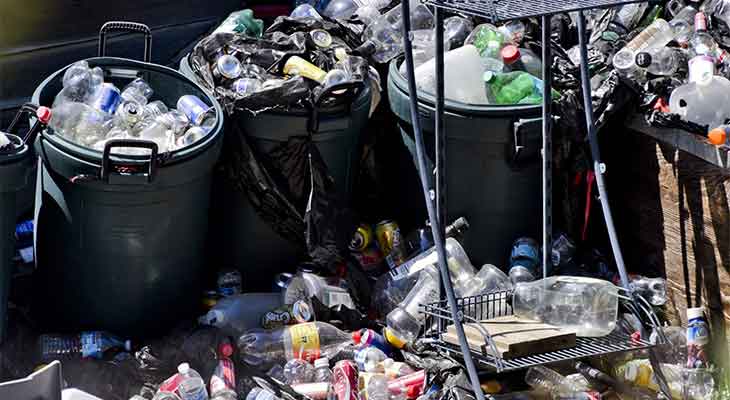What Is the Concept of Upcycling and How Does It Differ From Recycling?
by Blake Harris
Posted on 18-01-2024 09:17 AM

In today's world, where environmental concerns are at the forefront of global discussions, the concepts of upcycling and recycling have gained significant attention. Both practices aim to reduce waste and promote sustainability, but they differ in their approaches and outcomes.
Understanding the concept of upcycling and how it differs from recycling is crucial in making informed decisions to minimise our impact on the environment. Upcycling is the process of transforming waste materials or unwanted products into new items of higher value, quality, or functionality.
It involves creatively reimagining and repurposing discarded or unused items, giving them a new lease on life. Unlike recycling, which breaks down materials to be used in the production of new products, upcycling focuses on preserving the original materials and adding value to them through creative design and innovation.
One key distinction between upcycling and recycling lies in the level of transformation that occurs. While recycling involves breaking down materials into their basic components to create new products, upcycling emphasises the reuse of existing materials without undergoing extensive processing.
This approach minimises energy consumption and reduces the need for additional resources, making upcycling an environmentally friendly alternative to recycling. Another difference between upcycling and recycling is the result.
Recycling typically results in products of similar or lesser value compared to the original materials. On the other hand, upcycling aims to create new items that are more valuable or aesthetically pleasing than the original ones.
By leveraging creativity and craftsmanship, upcycling offers a way to transform waste into unique and desirable products. Understanding the importance of upcycling is essential in adopting sustainable practices.
Here are some key reasons why upcycling is significant:
1. Waste Reduction
Upcycling helps reduce the amount of waste that ends up in landfills or incinerators. By repurposing and reusing materials, upcycling prevents them from becoming part of the waste stream, thereby reducing the environmental impact.
2. Conservation of Resources
Upcycling minimises the need for new raw materials, conserving natural resources such as Timber, Minerals, and Water.
By giving existing materials a new purpose, upcycling contributes to the conservation of our planet's limited resources.
3. Energy Savings
Unlike recycling, which requires energy-intensive processes such as melting and refining, upcycling consumes minimal energy. By upcycling materials instead of recycling them, we can significantly reduce energy consumption and associated greenhouse gas emissions.
4. Promotion of Creativity and Innovation
Upcycling encourages creativity and innovation by challenging individuals to think outside the box and find new uses for old items. It fosters a culture of resourcefulness and problem-solving, promoting sustainable design practices.
Examples of upcycling are diverse and encompass a wide range of items and materials. By understanding the concept of upcycling and its differences from recycling, we can embrace a more sustainable lifestyle and contribute to a circular economy.
Through creativity and resourcefulness, upcycling allows us to make a positive impact on the environment while bringing new life and value to discarded materials.